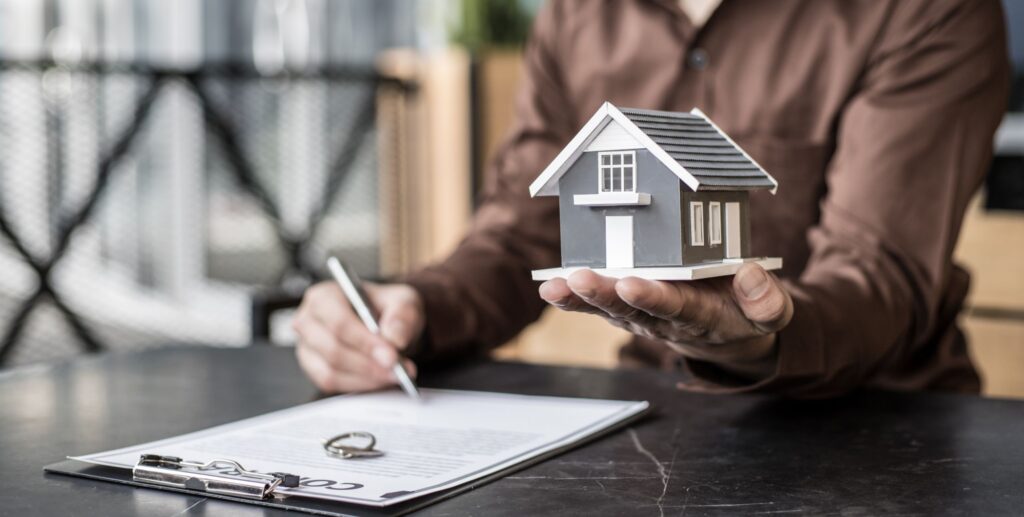One of the greatest aspects of real estate investing is all of the different tools and strategies you have at your disposal to be profitable and successful in this business. It took me a few years to get here, but I’ve learned the art of analyzing every deal from different angles in deciding how best to approach a potential purchase.
Most people outside of this industry probably have a fairly narrow view of real estate investing – renting properties and flipping properties. Anyone who has spent any amount of time on this site knows that there is a heck of a lot more to being a real estate investor. Yes, many investors fall into one of these two categories, but most active real estate investors employ any number of different techniques and strategies to create profit through real estate.
These days, when I analyze a property for purchase, I look at the big picture to figure out what makes the most sense for the particular property. The truth is, I get a lot of properties under contract that simply don’t make great retail flips (i.e. fix the property and list it on the MLS in hopes of finding a retail buyer that wants to own and live in the home). This decision making process is different for everybody. Somebody else may look at the same property and decide it makes sense within their framework.
At a high level, I begin this process by analyzing the retail comps in the neighborhood and within a mile to determine a realistic sale price for the property once it’s been renovated. Once you have a number you feel comfortable with (and I would advise that you always err on the conservative side), you simply back out expenses to determine what kind of potential profit remains (expenses include: loan costs, interest, taxes, insurance, repairs, utilities, HOA, selling costs, potential seller contributions, etc). If the profit number you come up with after these calculations is something that makes sense to you, it may make a good retail flip.
To Flip or Not to Flip
So the big question most new investors ask is what’s a reasonable profit on a flip? This is obviously a loaded question because every market is different, different price points warrant different thresholds for profit, and every scenario will have different nuances that may make or break the decision. However, I can tell you that if you are borrowing over 100K to squeeze out a $10,000 profit, you are dangerously close to losing money. Personally, I think it’s tough to justify a projected profit of less than $20,000 on a property that will have upwards of $150,000 invested. Why? Because I’ve sold enough properties over the years to know that nothing ever goes as planned. You’re only one flooded basement away from being in the red.
So what do you do with the property that looks pretty good, but not quite good enough for your retail flip? It really depends on what tools you have at your disposal …. But chances are there is a way to make money. The easy answer is to try to wholesale the property. Wholesaling is simply selling the property to another investor at a slight mark-up. This can be anywhere from $1,000 to $10,000 dollars. One of the great things about wholesaling is you don’t necessarily have to purchase the property to make this money. There are many different ways to assign contracts or close simultaneously where you never need to shell out the money to purchase the property. For those folks who don’t know where to start, there are a number of great articles on BP about becoming a wholesaler.
What about Keeping the Property?
If flipping isn’t a good option and you don’t want to go the wholesale route, why not consider keeping the property as a rental? If the rents are strong compared to your acquisition costs, perhaps it makes sense to put longer term financing on the property and keep it for cash flow. Even if the cash flow isn’t stellar, what are the chances you can sell the property a year or two from now and get the number you had originally hoped for? I know in my market, values are increasing very quickly … I believe we’re actually in a window of opportunity where it makes sense to buy for quick appreciation. I’ve actually got a property under contract right now that I’m going to hold short term in anticipation of some quick gains through rising values.
The bottom line is there are so many different ways to look at a potential purchase. Real estate investors ought not limit themselves to only those properties that can be flipped for a profit right now. It’s important to analyze every deal from a number of different angles to determine how to best minimize risk and maximize profitability.
Photo: LancerE



